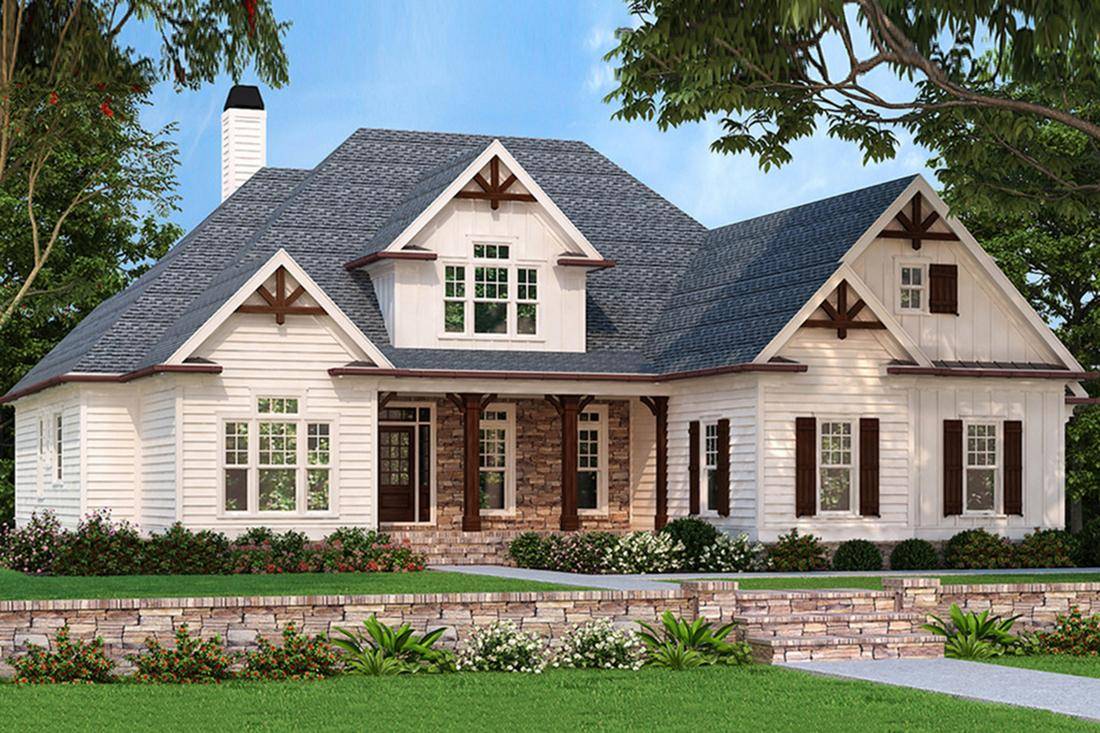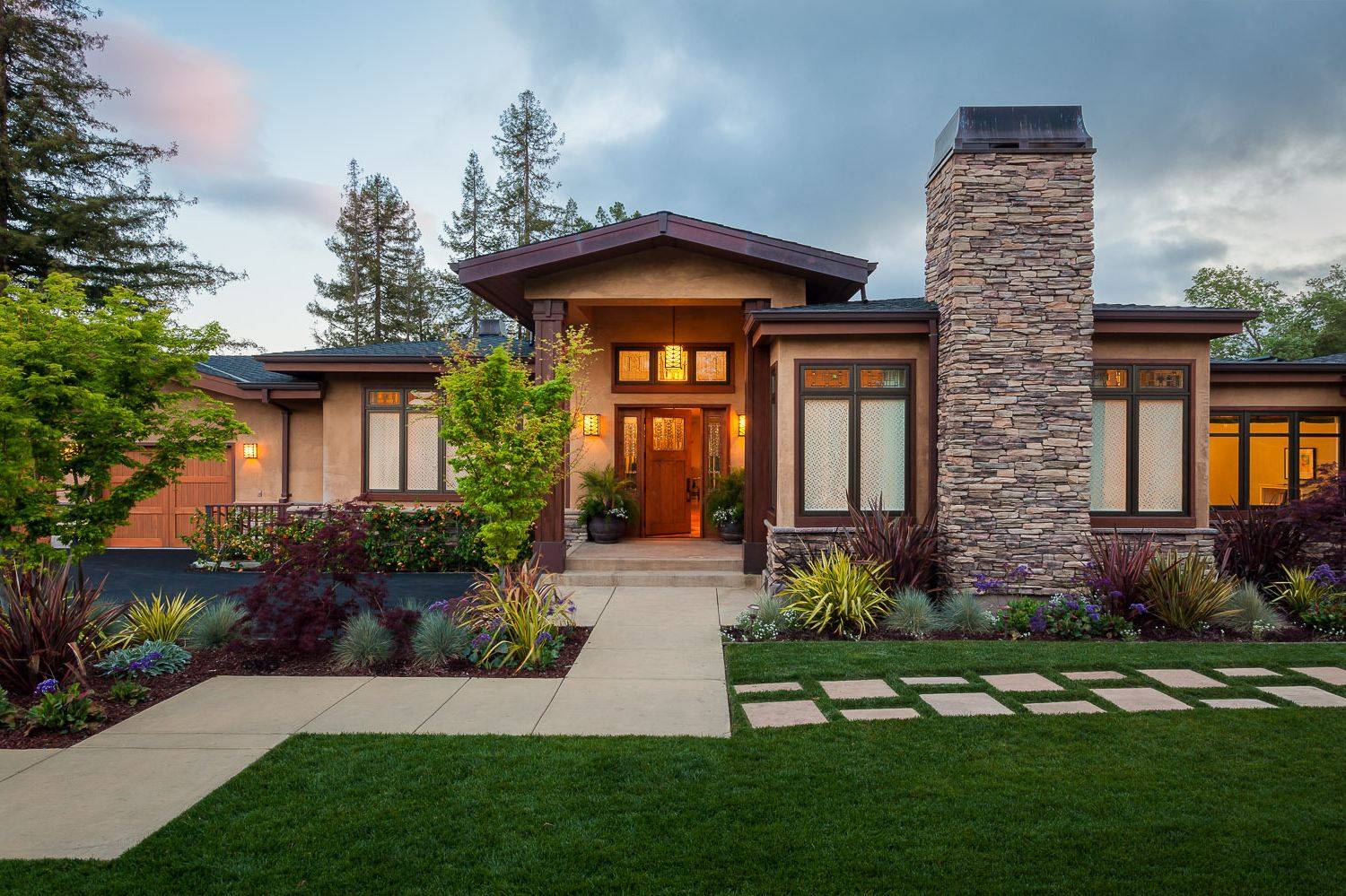Table Of Content
- What Is a Craftsman Style House?
- Law that ended single-family zoning is struck down for five Southern California cities
- Types of craftsman-style houses
- Victorian Revival Style: Exuberant Color and Pattern
- Prairie-Style Homes
- This Historic 1913 Los Angeles Craftsman Looks Preserved in Time (and That’s a Good Thing)

Practical and adaptable, it’s been perennially popular for well over a century, a quintessential middle-class neighborhood dwelling. The cost of a Craftsman house depends on several factors, including location, size, and condition. In more affordable areas like the Midwest and the South, you can find one-story Craftsmans for sale for about $300,000 and up. However, prices increase dramatically if you’re looking for a larger, multi-story home or if you live near a major city, where Craftsmans routinely sell for over $1 million.
7 Charming Craftsman Cottages From Around the U.S. - Realtor.com News
7 Charming Craftsman Cottages From Around the U.S..
Posted: Tue, 02 Jun 2020 07:00:00 GMT [source]
What Is a Craftsman Style House?
Craftsman-style homes remain one of the most popular home styles in the United States. Original Craftsman houses are still widely sought after, and the core elements of Craftsman style continue to influence architects to this day. Regardless of the region in which they are built, Craftsman homes are built of natural materials found nearby.
Law that ended single-family zoning is struck down for five Southern California cities

Rather than having an open concept like some modern architectural designs, craftsman homes are quaint and often have a more closed-off appearance. Made to show off the innovation and advancements of the Industrial Revolution, they steered architecture away from handmade touches and clean lines toward the intricate details only a machine could produce. The Craftsman movement that followed, however, was a direct counter-response to the Victorian style, prioritizing hand-worked goods over the mass-produced. Its immediate ancestors in American architecture are the Shingle style, which began the move away from Victorian ornamentation toward simpler forms, and the Prairie style of Frank Lloyd Wright. A number of these innovative features – such as the breakfast nook – have been adopted in some fashion by many American architectural styles.
Types of craftsman-style houses
It spanned everything from architecture to interior and landscape design, in addition to applied and decorative arts. Built in the first half of the 20th century, Spanish Revival houses feature stucco walls inside and out, archways, large windows, elaborate ironwork, heavy wood beams, and decorative tilework. The living room’s walls were painted a light buttery yellow to balance out the dark wood and olive green custom-made curtains. The room also features a custom sofa and armchairs, a Josh Greene table, a vintage art deco rug, and a pendant lamp from Rejuvenation.

Therefore, this compensation may impact how, where and in what order products appear within listing categories, except where prohibited by law for our mortgage, home equity and other home lending products. Other factors, such as our own proprietary website rules and whether a product is offered in your area or at your self-selected credit score range, can also impact how and where products appear on this site. While we strive to provide a wide range of offers, Bankrate does not include information about every financial or credit product or service.
While the new white perimeter cabinetry is fairly simple, a highly decorative dark-stained oak island and a detailed built-in pantry evoke the furniture of the period style. Craftsman-style homes are typically more expensive to build due to the intricate detailing and high-quality materials involved in their construction. The level of craftsmanship required can increase construction costs by at least 15% compared to more basic home styles. A Craftsman house is a distinctive architectural style that originated in the late 1800s and early 1900s across America. It emphasizes handcrafted details, natural materials, and a straightforward yet practical layout.
Prairie-Style Homes
Occasionally, Craftsman-style houses are referred to as bungalows, which is a misnomer according to the Encyclopædia Britannica. Bungalows were used in 18th and 19th century India, Singapore, and other trade centers in Asia as a way to house British soldiers, merchants, and their families. The term actually originates from a Hindi phrase meaning "in the Bengali style". However, bungalows are built in many styles, from Craftsman to Cape Cod, Spanish, Foursquare, and more. So 'bungalow' doesn't necessarily equate with Craftsman design, although many charming Craftsman homes are bungalows. In 1901 Stickley created a magazine called "The Craftsman" that introduced the philosophies of Ruskin, Morris, and other thinkers to American readers.
The style remained popular into the 1930s and has continued with revival and restoration projects. Most middle class people did not have domestic servants, making the kitchen more important and demanding that it be integrated into the main floor plan. This was the birth of the breakfast nook in the kitchen, whereas before separate dining rooms and kitchens for the servants were more popular. The common areas included the main dining and living rooms, plus the back yard.
My Favorite Airbnb: A Craftsman Home With a Stellar Record Collection in Portland, Oregon - Condé Nast Traveler
My Favorite Airbnb: A Craftsman Home With a Stellar Record Collection in Portland, Oregon.
Posted: Thu, 03 Oct 2019 07:00:00 GMT [source]
The Art Story describes how by 1851, the Great Exhibition held in London captivated the attention of the entire country and beyond to all of Europe. Foremost among the articles on display at this large exposition were mass-produced items — things made not by craftsmen or artists, but by machines. Influencers of the day such as writer John Ruskin, young architect William Morris, artist Dante Gabriel Rossetti, and others spoke out against these decorative displays, which were fraught with Victorian-era excess. The Craftsman architectural style that gained a strong foothold in California thanks to architect brothers Henry and Charles Greene.
While craftsman-style homes are well known for their exterior architecture, the interiors of this home style are just as timeless. They suited small families and often featured smaller rooms and more simplistic and natural decorum. Today, these homes are still quite popular and can be found in many areas across the U.S., particularly in California and the Midwest, where craftsman-style homes are highly sought after.
This emphasis on indoor-outdoor spaces may lead to style features like large windows, glass doors, large, spacious porches, and integration within the landscape. Mission Revival homes blend the craftsman style with Spanish mission architectural design. These homes are common in the West and Southwest of the U.S. and were built prior to the urbanization of the surrounding area. Wood beams, built-in furniture, natural materials, and neutral color palettes draw from the craftsman-inspired aspects of this home design.
Heavily concentrated in Oak Park, IL, these homes feature wide, overhanging eaves, low-pitched roofs, and massive porches. They’re typically made of brick and stucco, and often have details like large stone planters. Most popular in the Midwest, these homes incorporate the low-to-the-ground layouts characteristic of original Craftsman designs. Designed by architect Frank Lloyd Wright, prairie-style homes are defined by their pronounced horizontal lines and wide, sprawling floorplans.
Mountain craftsman buildings combine rustic style with craftsman architectural elements. These structures make extensive use of rustic natural materials such as stones and logs on the outside and inside. Mission revival craftsman buildings combine the traditional craftsman features with Spanish mission architecture that had been built before the urbanization of the West and Southwest of the United States. Like all beloved architectural styles, the craftsman home style has been modified and blended with other styles.
There are many different types of historic and modern craftsman styles, each with their own style and variations. The craftsman home style emerged as part of a larger architectural and artistic renaissance called the Arts and Crafts movement that began in England. This movement, led by thinkers and artists like John Ruskin and William Morris, sought to emphasize craftsmanship over the mass-produced style that was prominent during the Industrial Revolution of the late 19th century. The craftsman home style emerged as an architectural style in the late 19th and early 20th centuries. The craftsman home style, also known as American craftsman style, began as a reaction to the ornate and mass-produced industrially driven architecture of the Victorian age. This embrace of the handcrafted aesthetics of a pre-industrial world didn’t make its way to the United States until the turn of the 20th century.

No comments:
Post a Comment